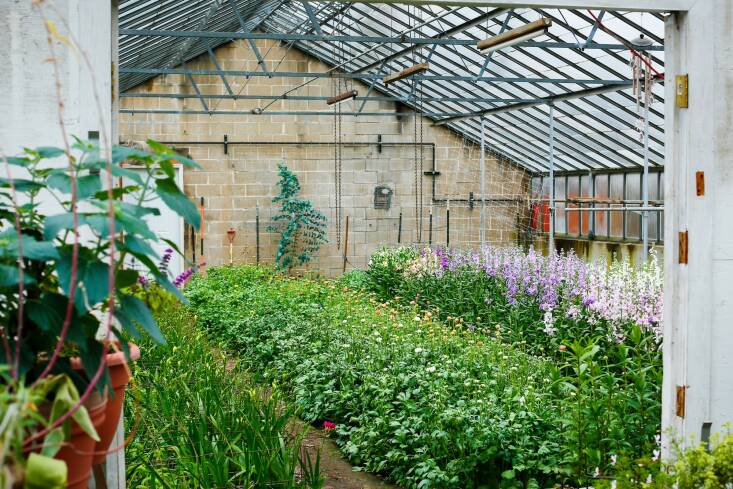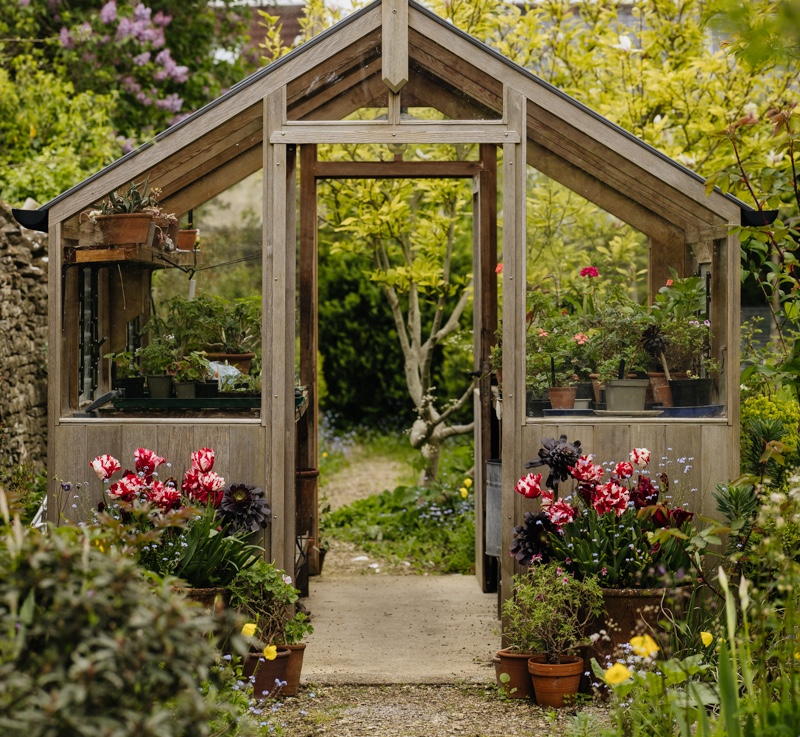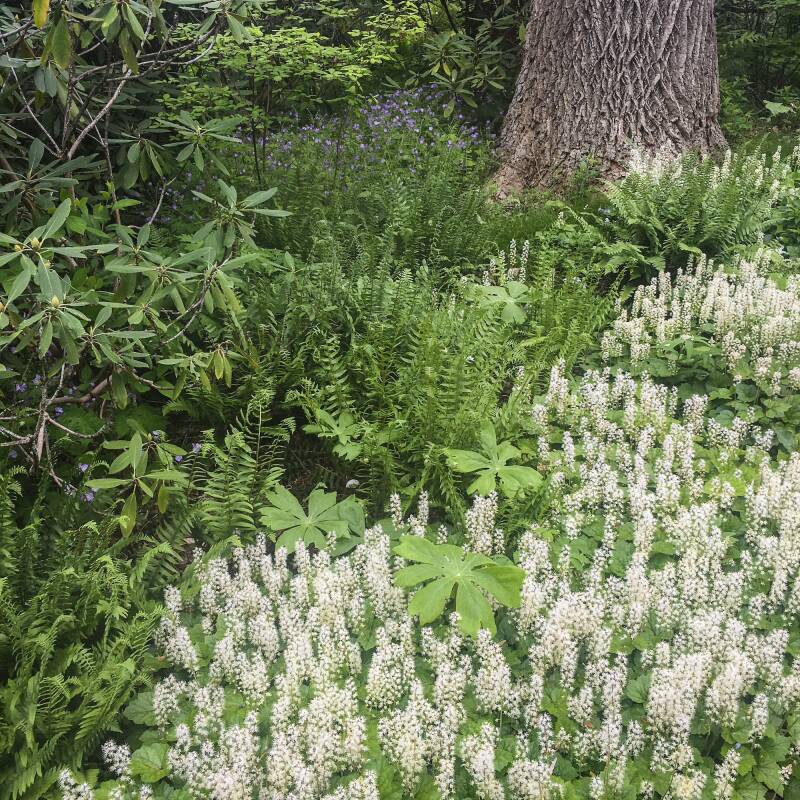Teri Speight has made gardening her life’s work—first as a gardener and now as a florist and garden writer. “I have always been investigating African-Americans in horticulture,” says Speight. “And I could almost never find anyone that looked like me.” Speight recalls talking with fellow African-American garden writer Lee May before he passed. “One thing I remember him saying was to keep digging. Find the story you don’t see and write it,” says Speight. “As a people, our story is still untold on many levels.”
So when Debra Prinzing, the founder of Slowflowers.com, reached out in December of 2020 to tell Teri she was starting a small press and asked her to write a book about black flower growers and florists, the answer was a resounding yes. Speight’s book Black Flora was published in a small run in March 2022, but Prinzing’s publishing enterprise didn’t take off. “When Black Flora sold out the first time, that was it: We were all kind of heartbroken,” says Speight. But then Speight got a call from an editor at Timber Press who wanted to bring the book to a wider audience.
In preparation for publication with a major publisher, Speight went back to every grower, florist, and artist in the book and updated their sections to reflect where they were in their career paths two years later. The book also got a fresh design, including a new hardcover. The results are even more powerful now.

Speight says she is thrilled for Black Flora to be getting a second life, not just to celebrate the work of her colleagues on a bigger stage, but also to inspire the next generation of Black flower farmers and florists. “I wanted to reach that young person who is unaware that the flowers are calling them,” she says. “Perhaps I can plant a seed that will encourage others to view horticulture as a career or way of life.”
Missouri flower farmer Karen “Mimo” Davis’s story is an example of just such a seed, says Speight. “All of us look up to elders like Mimo for direction: She is our North Star.” Davis and her business partner, Miranda Duschack, run Urban Buds, a flower farm right in the heart of St. Louis. Founded in 2012, Urban Buds grows flowers year-round, which they sell directly to customers and wholesale to local florists. Perhaps more important, Davis has been a mentor to many Black flower growers starting out.
Here is a glimpse of Davis’s flower farm and the types of stories you’ll find in Black Flora: Inspiring Profiles of Floriculture’s New Vanguard:




See also:
- ‘Garden Wonderland’: Leslie Bennett’s New Book Shares the Secrets to Designing a Magical Garden
- Ask the Expert: Poppy Okotcha on the Wild Edible Garden
- Ask the Experts: Organic Flower Farms Share Tips on Growing a Cutting Garden












Have a Question or Comment About This Post?
Join the conversation (0)